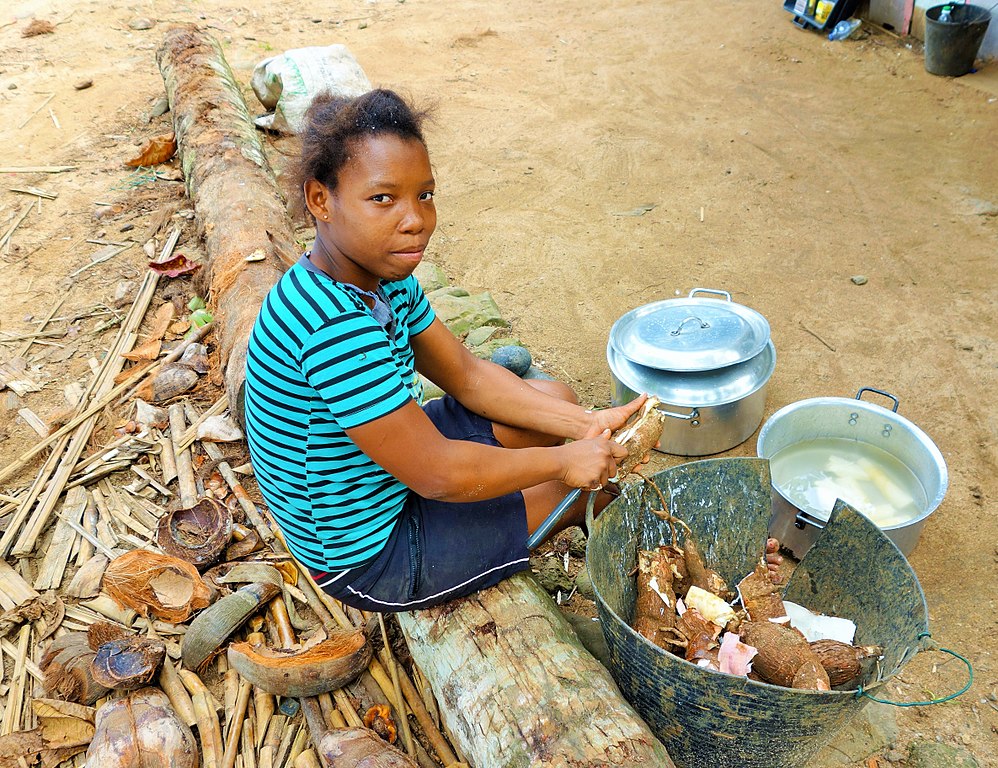 Sao Tome and Principe is an island nation on the coast of Central Africa, with a population of nearly 240,000 and a land area of 386 square miles. Although the island is small, one cannot understate the role of women in its success. They are the backbone of society, and while Sao Tomeans have made long strides in removing legal barriers to women’s rights in Sao Tome and Principe, restrictions remain that prevent women from accessing the full extent of their rights.
Sao Tome and Principe is an island nation on the coast of Central Africa, with a population of nearly 240,000 and a land area of 386 square miles. Although the island is small, one cannot understate the role of women in its success. They are the backbone of society, and while Sao Tomeans have made long strides in removing legal barriers to women’s rights in Sao Tome and Principe, restrictions remain that prevent women from accessing the full extent of their rights.
Sao Tomean Women in Poverty
More than two-thirds of the population of Sao Tome and Principe lives in poverty, but compared to 64.3% of male-led households in poverty, more than 71.3% of women-led households experience extreme and debilitating poverty.
Attempting to rectify systemic inequalities, the Sao Tomean government wrote the Constitution of the Democratic Republic of Sao Tome and Principe in November 1975, not only establishing the nation’s independence from Portugal but also codifying a host of cornerstone women’s rights, including property ownership, inheritance and the ability to pursue a job without a husband’s permission.
Since 1975, Sao Tomeans have introduced more than 14 national legal reforms to increase women’s economic autonomy and have ratified numerous international conventions, including the Convention on the Elimination of All Forms of Discrimination Against Women.
Most recently, in 2022, Sao Tomean President Carlos Vila Nova signed a new gender parity law designating 40% of all parliamentary seats to women. Although women in Sao Tome and Principe have not yet met the 40% representative quota, they now occupy 24% of parliament, a substantial increase compared to just around 12% in 1980.
In a legal context, the government has made undeniable progress toward women’s rights in Sao Tome and Principe, and it has implemented measures attempting to eliminate the poverty inequalities between men and women. However, many social barriers still prevent women from being truly free.
Preventing Gender-Based Violence
Gender-based violence is a principal indicator of women’s rights standards and a major barrier preventing women from escaping poverty. Sao Tomean leaders have implemented new measures to decrease the incidence of domestic abuse and increase the ability for women to report, but few of those reforms show in the growing rate of gender-based violence.
Police and prosecutors saw an increase of more than 20% in the number of domestic violence cases. Law enforcement is now considering ways to dismantle the influence of centuries-long traditions embedded in the inequities women face, including introducing new ways for women to report instances of violence.
Gender-based violence is cyclically linked to poverty, as both an impetus and a response. There is hope to end gender-based violence in Sao Tome and Principe with persistent legislators and police officers, given time and consistent resources.
Encouraging Women’s Education
Sao Tomeans segment their education into pre-primary, primary, secondary and tertiary levels, and while education is legally mandated for children between 6 and 14 years old, many children, particularly young girls, face challenges in attending school. Often, people encourage them to stay home and learn the traditional role of women rather than skills to join the workforce.
Sao Tomean’s adherence to tradition may explain why only 23.1% of women participate in the workforce, compared to 24.1% of men, furthering the challenges for women escaping poverty. Education is the most critical factor in allowing young women to pursue professions later in their lives, and while girls typically finish secondary school, they rarely go on to higher education.
To advance women’s education, the Sao Tomean government removed the Disciplinary Act in 2020, which prevented pregnant girls from attending classes during the day after their first trimester. They are also expanding gender-responsive education and providing support materials to young women seeking education.
The government secures women’s rights in Sao Tome and Principe one girl at a time, reaching empowerment through structural reform and ending poverty disparities across the archipelago.
– Divya Beeram
Divya is based in San Antonio, TX, USA and focuses on Good News and Technology for The Borgen Project.
Photo: Wikipedia Commons
 According to the European Institute for Gender Equality,
According to the European Institute for Gender Equality, 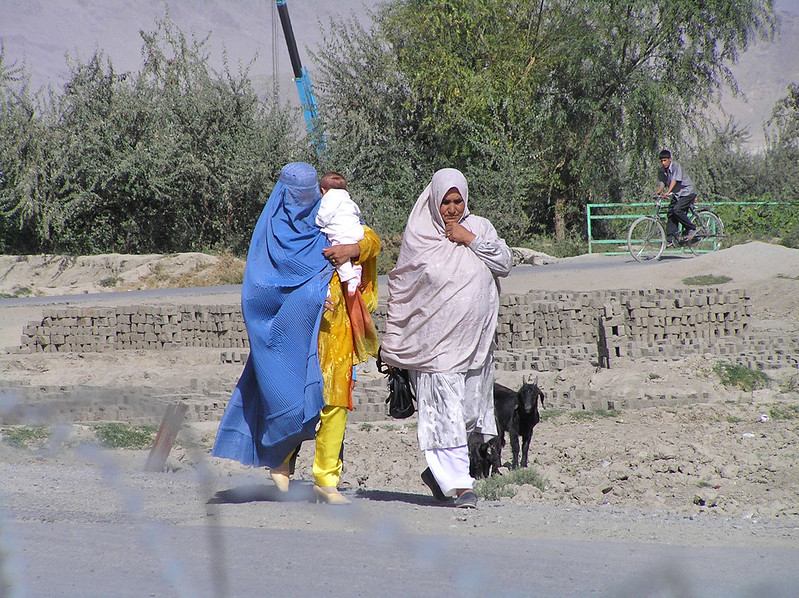
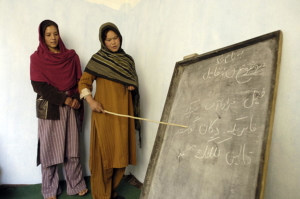
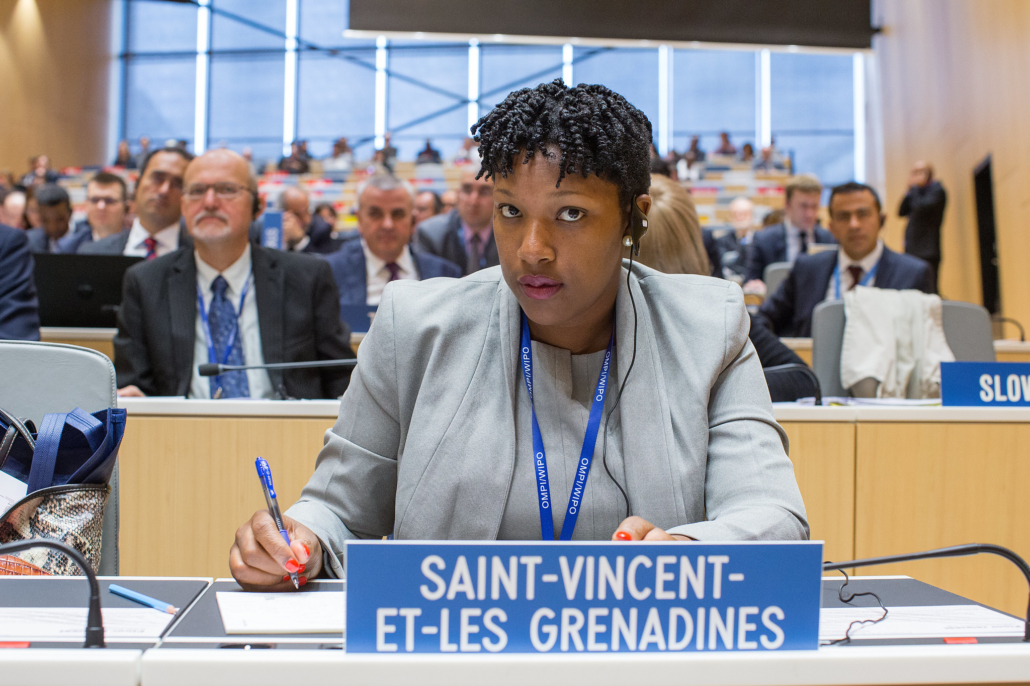
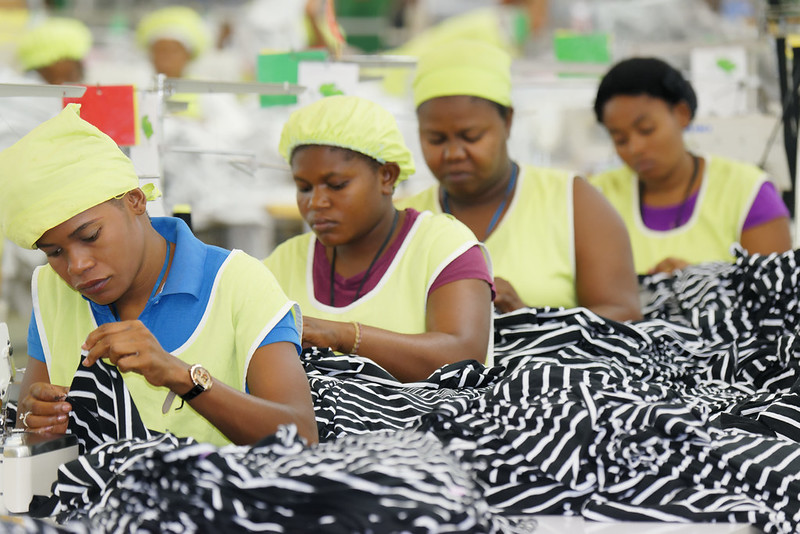 Ranked
Ranked 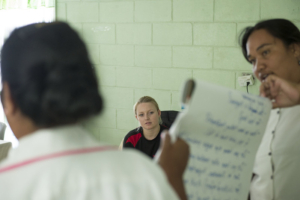

 Silence is the most powerful instrument of oppression. After regaining
Silence is the most powerful instrument of oppression. After regaining 
